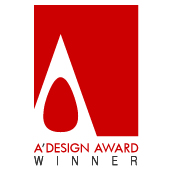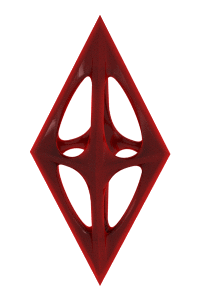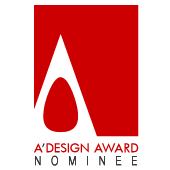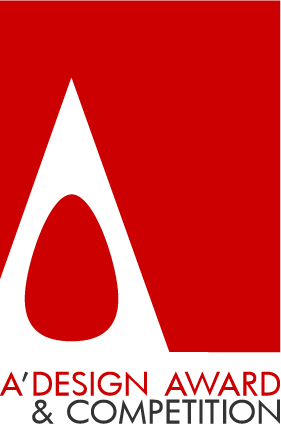Mobile City Cabin Self-driving Car by UISEE |
Home > Winners > #59729 |
 |
|
||||
| DESIGN DETAILS | |||||
| DESIGN NAME: Mobile City Cabin PRIMARY FUNCTION: Self-driving Car INSPIRATION: Having a technical background, our team knows that although the technology for automatic has already been ripe. But it is still a long way to use it in the real world because of the other reasons. So our inspiration is to remove one of the biggest obstacles: Real road situations. We choose to use our self-driving car for short-distance commuting in contained environments instead of urban environment. With this inspiration, we can use design to help high-tech create value in daily life. UNIQUE PROPERTIES / PROJECT DESCRIPTION: We create a new kind of self-driving car, Mobile City Cabin (MC2). It is a mobile sharing space for business, leisure and entertainment. MC2 is initially targeted for short-distance commuting in contained environments (such as parks and air ports), and then semi-open areas (new towns), and finally urban environments. Now it has been tested in campuses and high-tech parks, and will become a volume product next year. OPERATION / FLOW / INTERACTION: The Human Machine Interaction (HMI) system is different from traditional cars’ one-to-one interaction mode. We designed a highly efficient and natural HMI system with voice as the input, 3D sound and interior LED ambient lighting as the output. Together with the round-shaped sofa, the new HMI in MC2 gives all passengers the sense of control. For a more practical purpose, we create another interaction channel, a smartphone app, to collaborate with the car’s central control touch panel, which is placed at the front of the cabin, to deliver a seamless experience of traveling with a driverless car. PROJECT DURATION AND LOCATION: The project started in April 2015 in Beijing and finished in July 2016 in Shanghai. It was exhibited in CES. And it was also a winner of red dot award. FITS BEST INTO CATEGORY: Vehicle, Mobility and Transportation Design |
PRODUCTION / REALIZATION TECHNOLOGY: It relies on stereo vision, camera/radar fusion and commercial GPS/inertial systems to sense the environment, and optionally supports LIDAR in its extensible sensor fusion framework. It employs state-of-the-art computer vision and machine learning algorithms (including deep learning and reinforcement learning) to understand and reason the environment, and learn the optimal driving behaviors. It runs algorithms on a small form-factor super computer that is highly dependable and secure. SPECIFICATIONS / TECHNICAL PROPERTIES: Width 1450 mm x Length 3784 mm x Height 1520 mm TAGS: self driving, campus car, 3D sound, sharing, MC2, uisee RESEARCH ABSTRACT: The MC2 car is not just designed for passengers. It also communicates smoothly with people on the road, such as pedestrians and cyclists. Since the road is a social space, information transparency of the self-driving car is crucial for the safety of a whole transportation system. To make the car more communicative, we design a strip light system around the car’s body and express with the same visual language as the in-car one. What’s more, a LED display is placed in front of the car to deliver more detailed information. For example, it shows the animation of a walking person icon to deliver the message of “I see you. Please go first”. CHALLENGE: On the interior design, the MC2 car shows a brand-new spatial experience. The cockpit is redesigned from inside out. The steering wheel, pedals and dashboard are completely removed to maximize the space for passengers. The seating layout is simplified to a round sofa to create a relaxing, comfortable and semi-private atmosphere. In this way, everybody in the car can enjoy interacting with the in-car entertainment devices as well as other passengers. ADDED DATE: 2017-08-31 15:22:06 TEAM MEMBERS (1) : UISEE Design Team IMAGE CREDITS: Image #1 : Photographer Fengzhou, Photoshop Yinshuai Zhang, 2017 Image #2 : Photographer Fengzhou, Photoshop Yinshuai Zhang, 2017 Image #3 : Photographer Fengzhou, Photoshop Yinshuai Zhang, 2017 Image #4 : Photographer Fengzhou, Photoshop Yinshuai Zhang, 2017 Image #5 : Photographer Fengzhou, Photoshop Yinshuai Zhang, 2017 |
||||
| Visit the following page to learn more: http://www.uisee.com/ | |||||
| AWARD DETAILS | |
 |
Mobile City Cabin Self-Driving Car by Uisee is Winner in Vehicle, Mobility and Transportation Design Category, 2017 - 2018.· Read the interview with designer UISEE for design Mobile City Cabin here.· Press Members: Login or Register to request an exclusive interview with UISEE. · Click here to register inorder to view the profile and other works by UISEE. |
| SOCIAL |
| + Add to Likes / Favorites | Send to My Email | Comment | Testimonials | View Press-Release | Press Kit |
Did you like Uisee's Vehicle Design?
You will most likely enjoy other award winning vehicle design as well.
Click here to view more Award Winning Vehicle Design.








